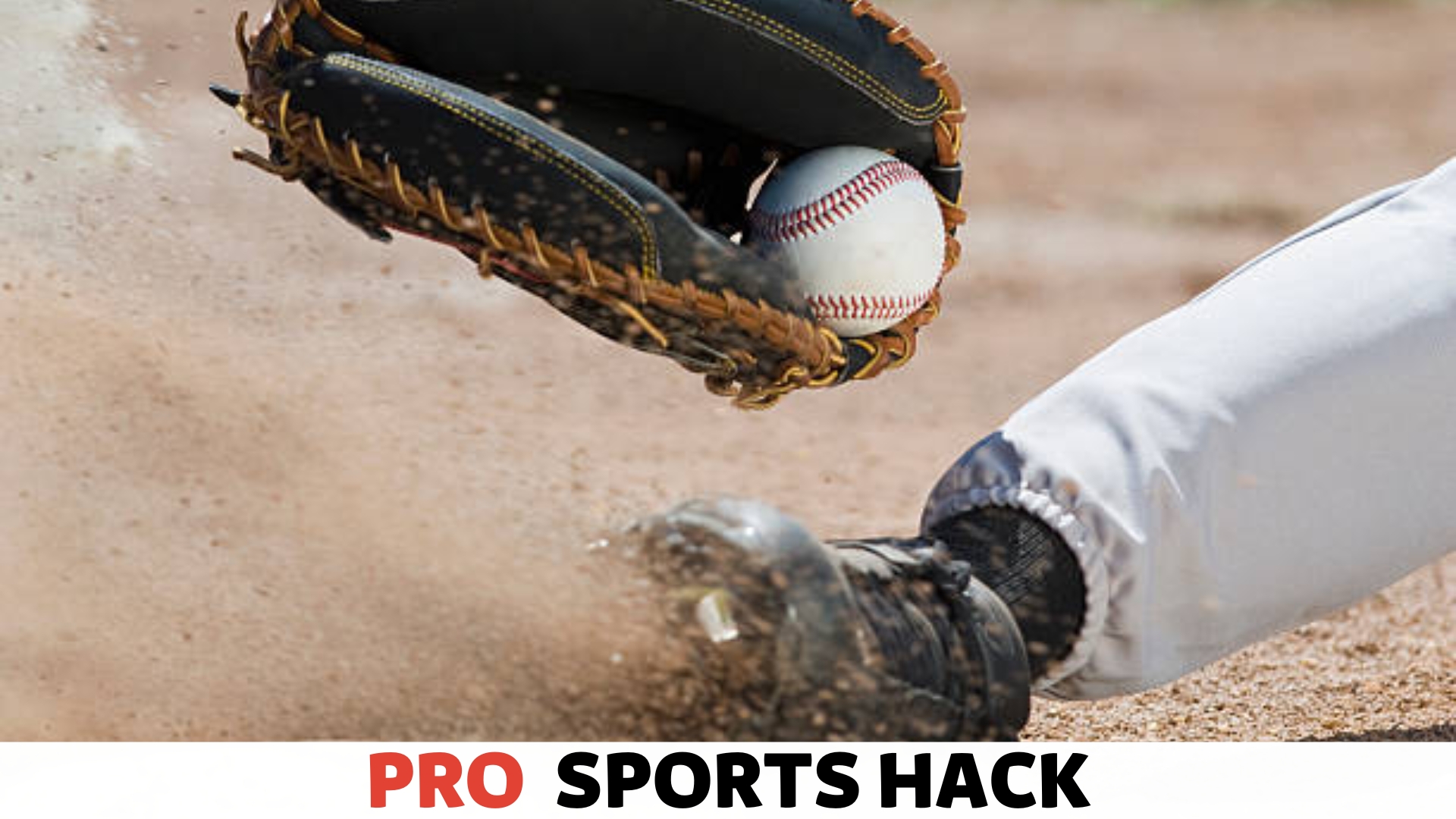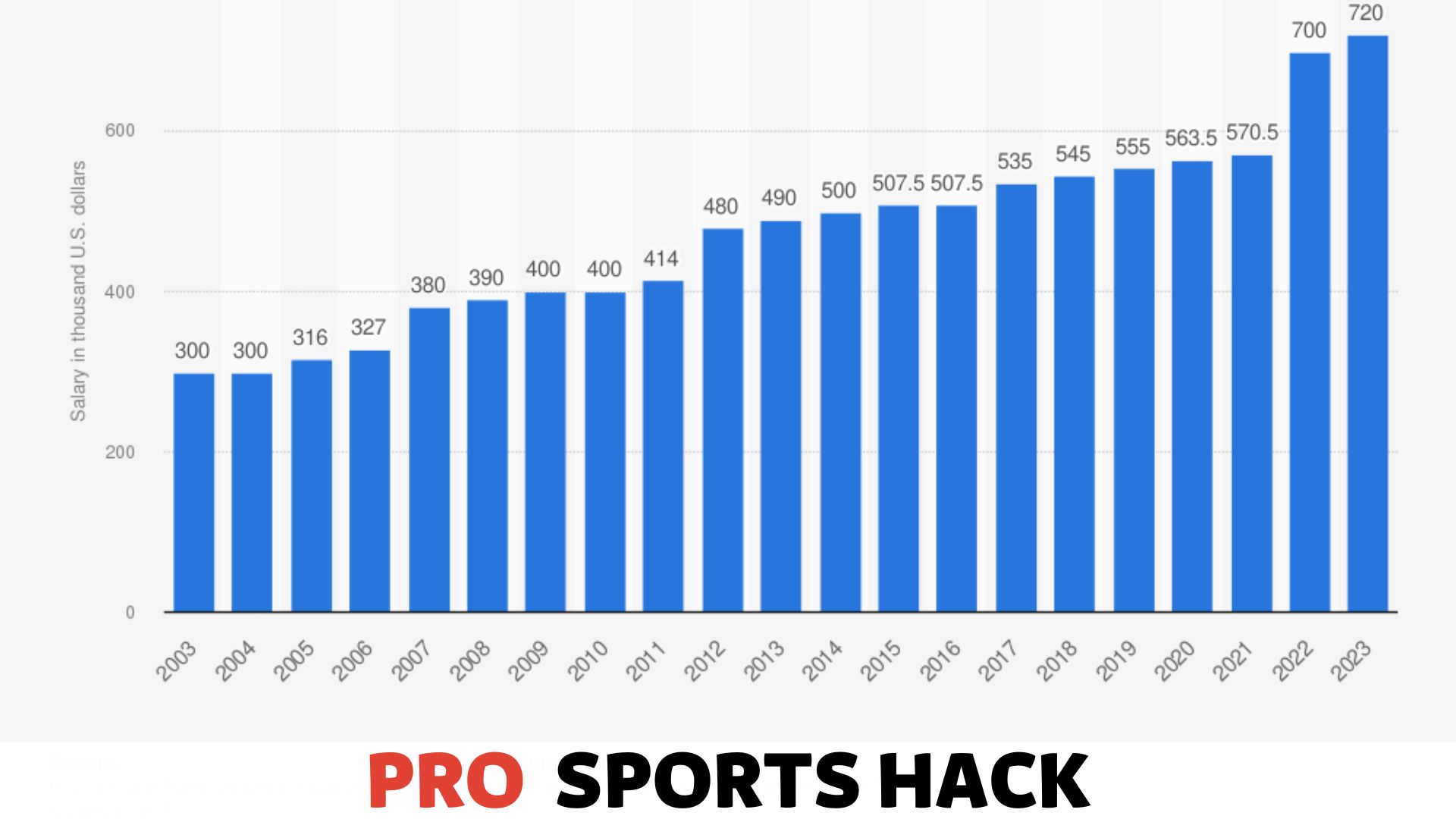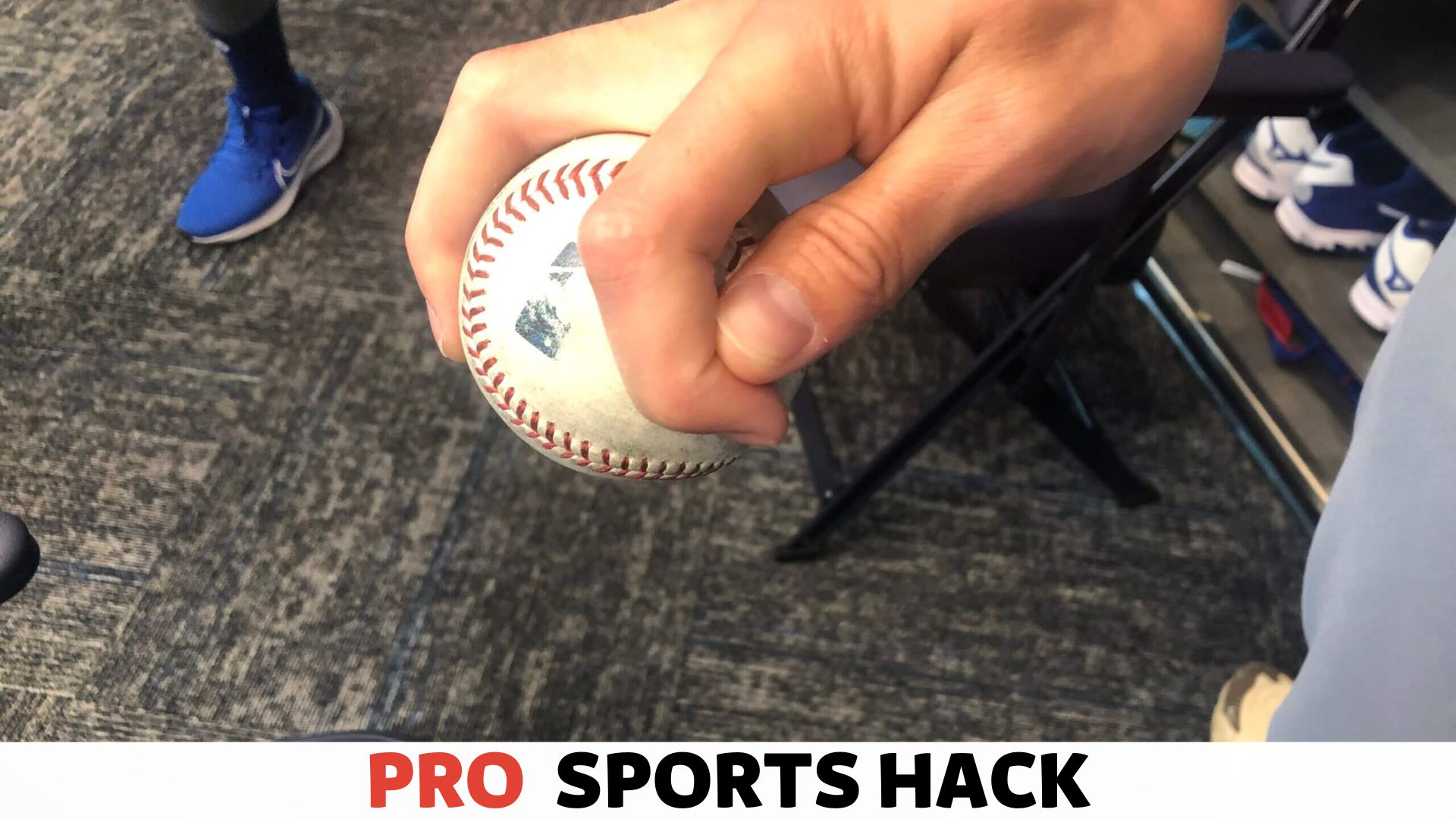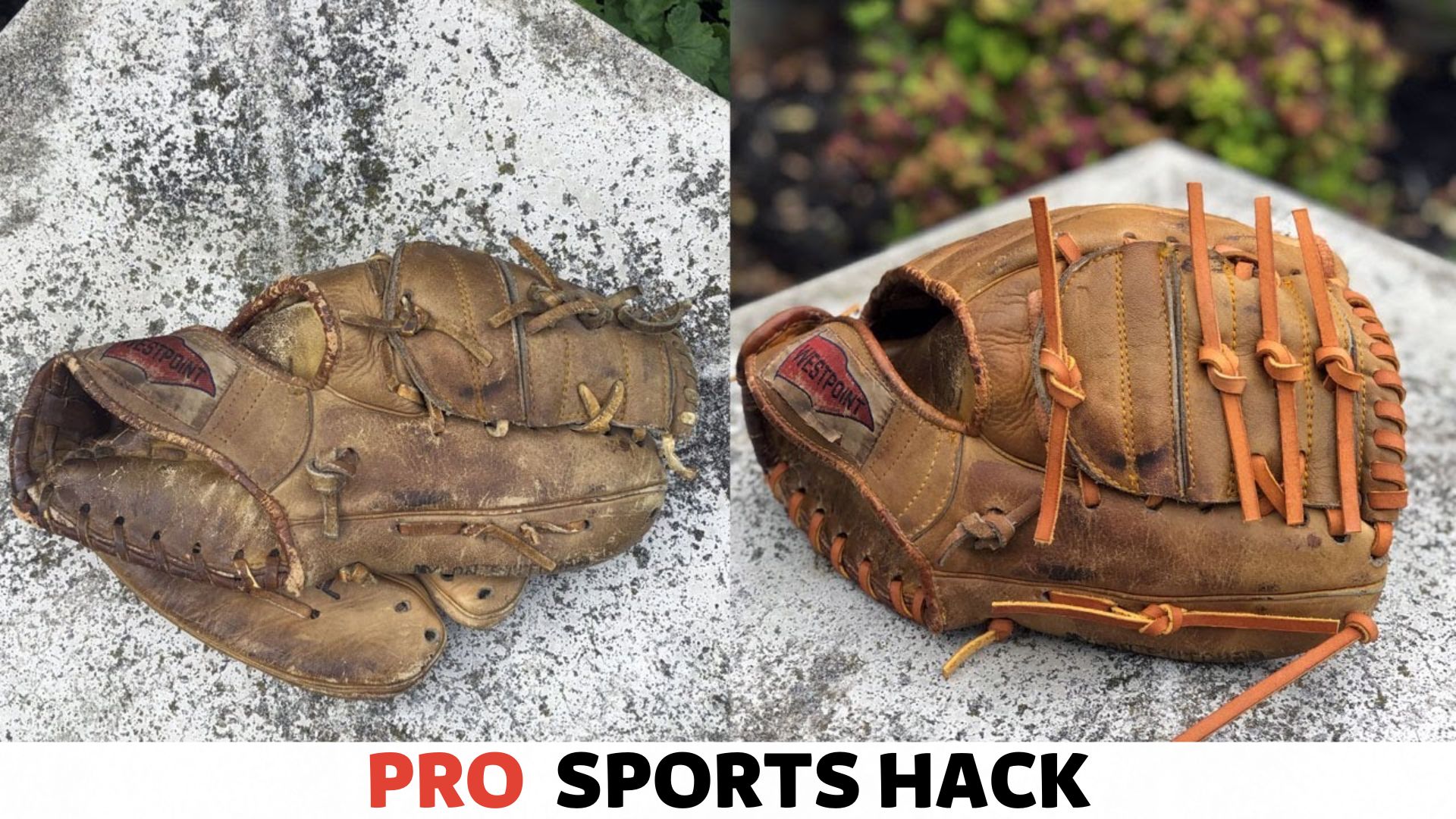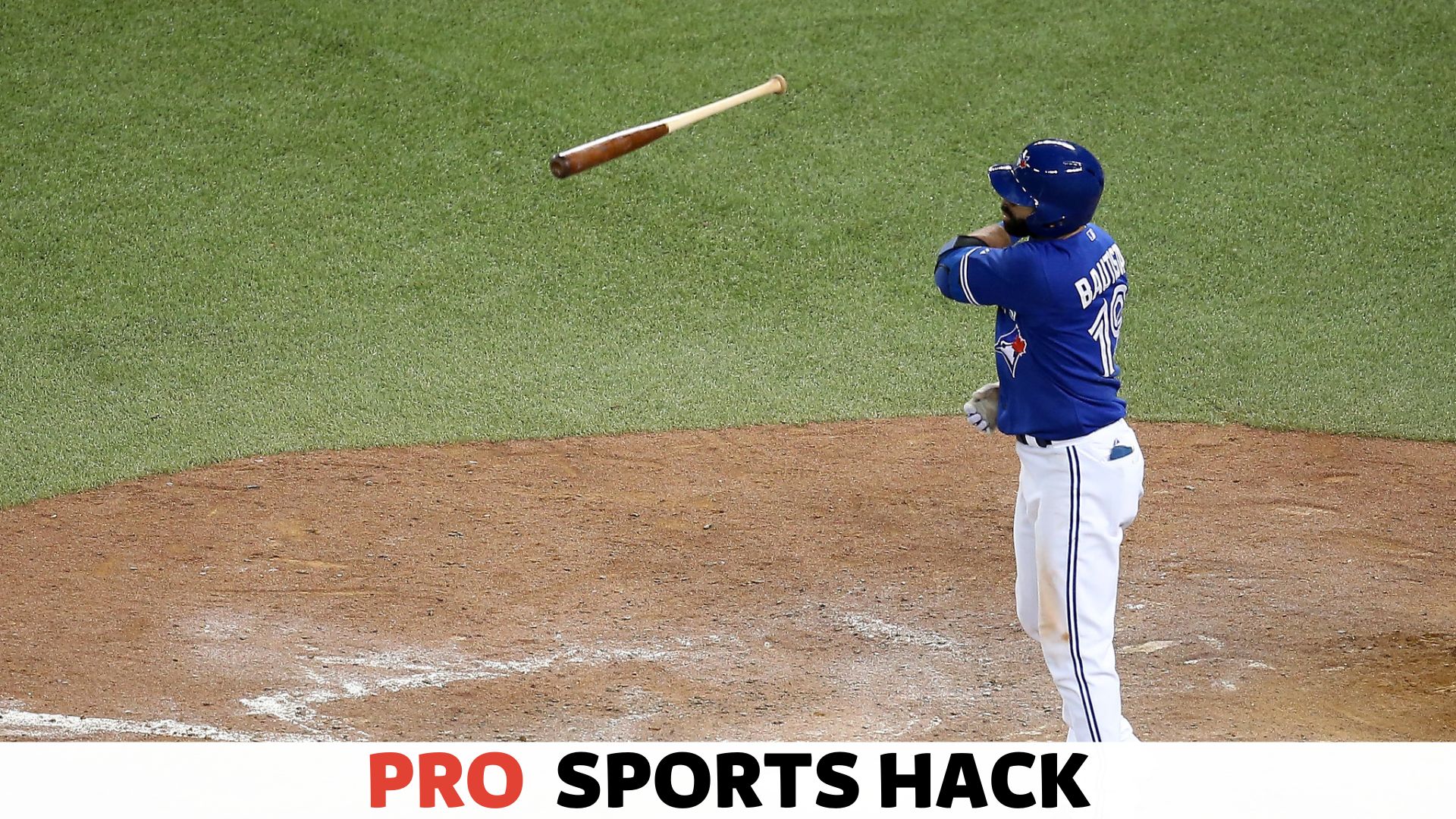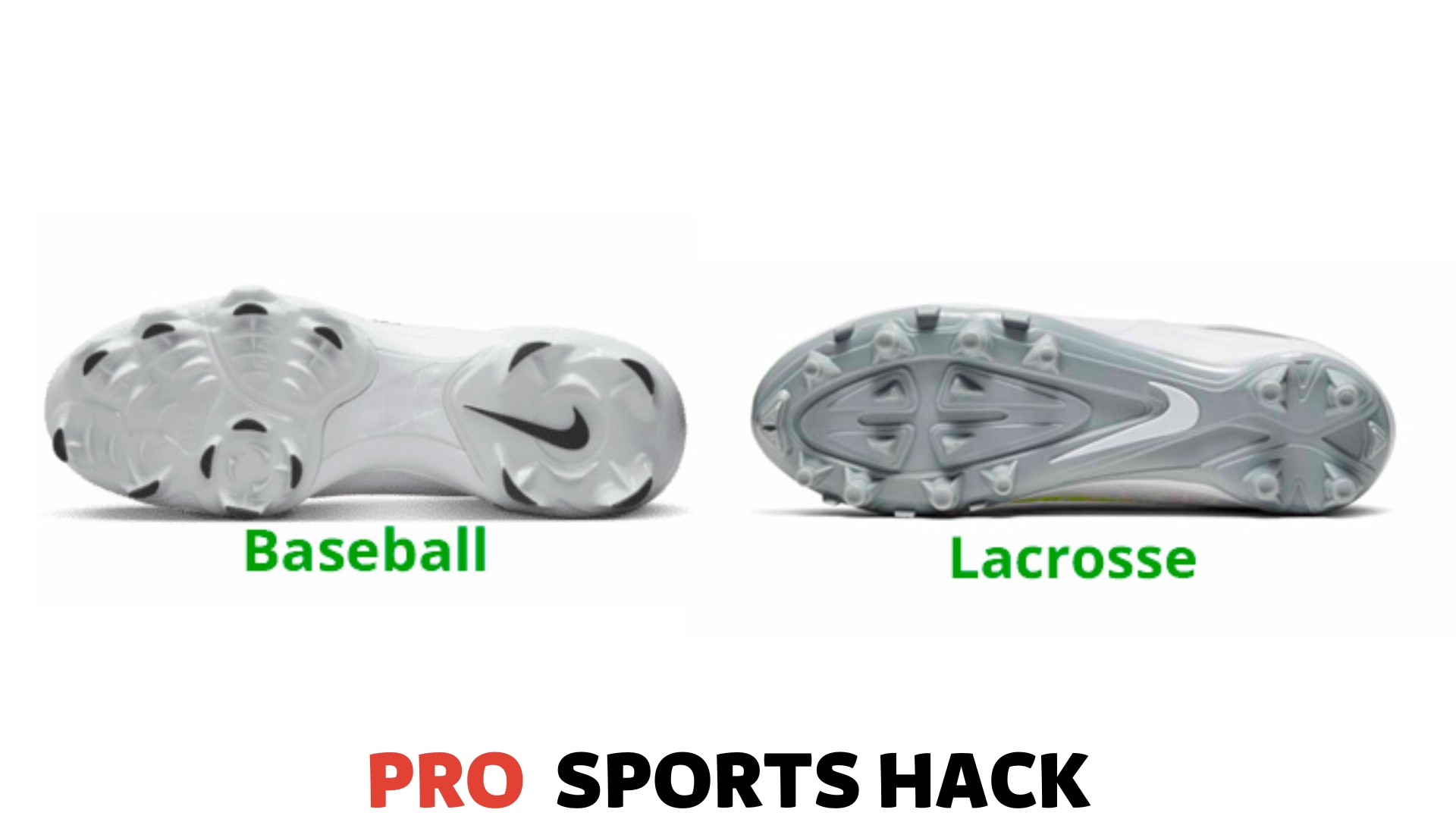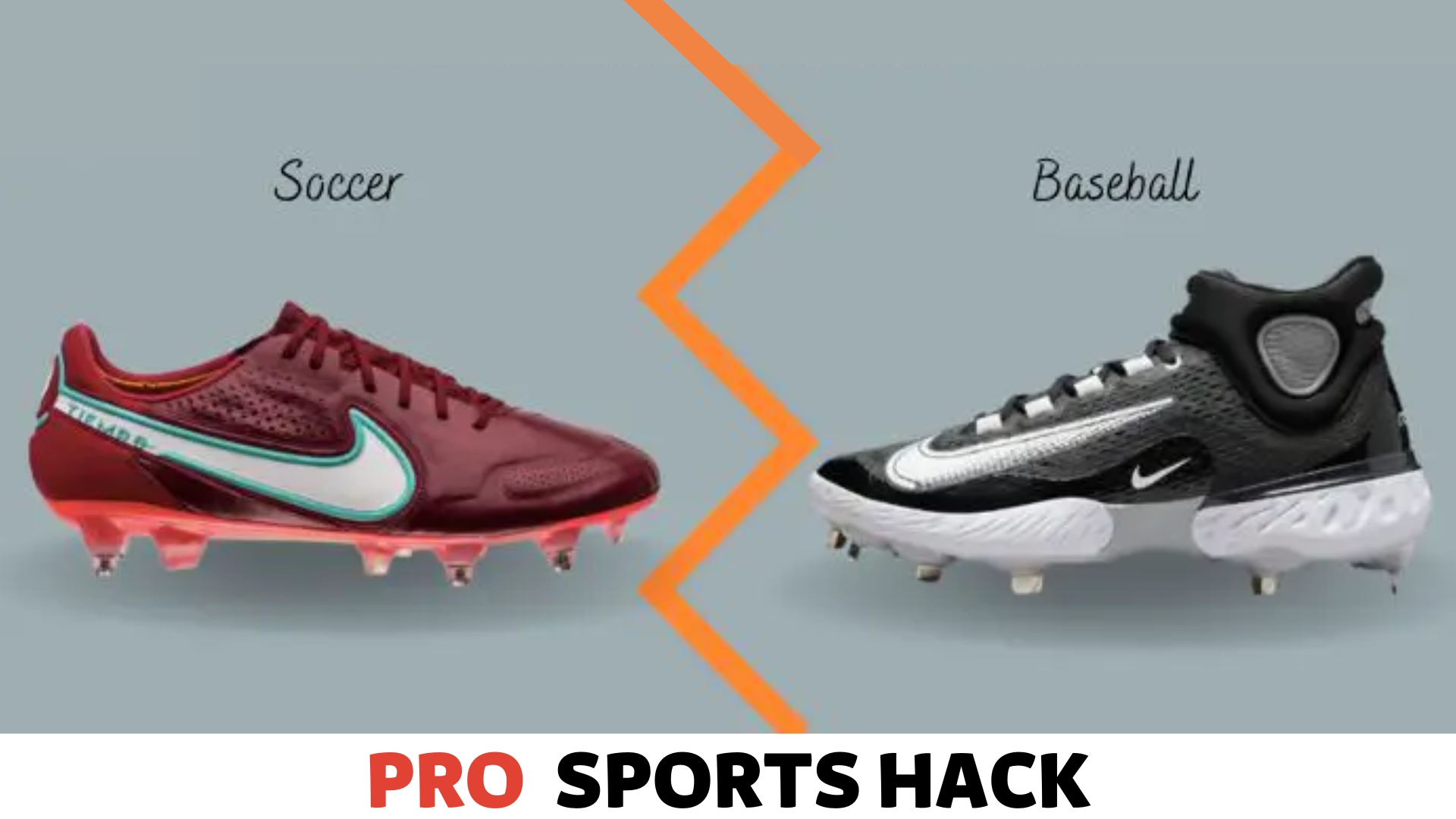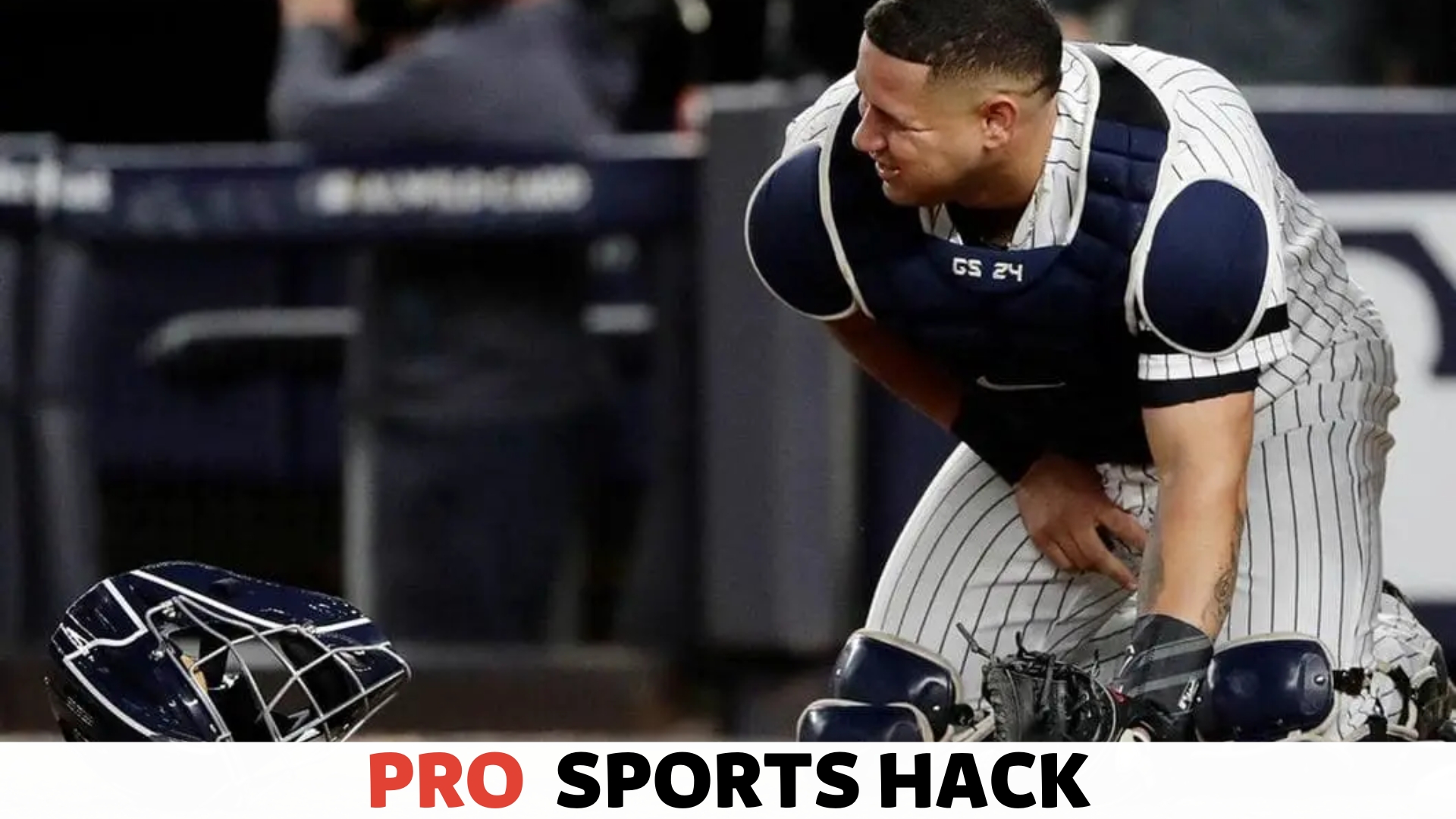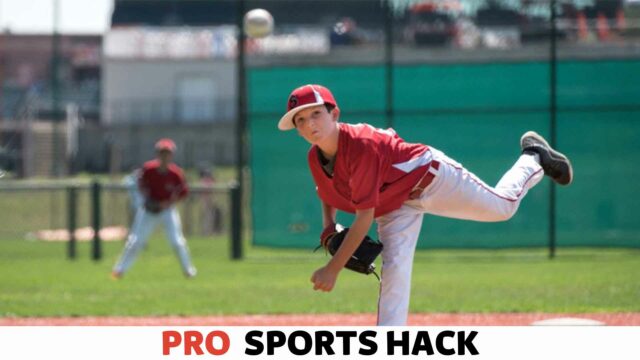
To throw a baseball farther, focus on your mechanics and practice regularly. With proper form and repetition, you can increase your throwing distance.
Whether you’re a pitcher or an outfielder, being able to throw a baseball farther can greatly improve your game. While some baseball players may rely on strength alone to achieve a long throw, proper form and technique are key.
First, ensure a strong grip on the ball and a solid stance with your feet shoulder-width apart.
As you wind up to throw, ensure your throwing arm is fully extended and your shoulder points toward your target. Follow through with your throw by using your entire body and twisting your torso.
Regular practice and conditioning can also help increase the power and distance of your throw. You can become a baseball player with a powerful and accurate throw by mastering your technique and committing to regular training.
Understanding the Basics of Throwing Mechanics
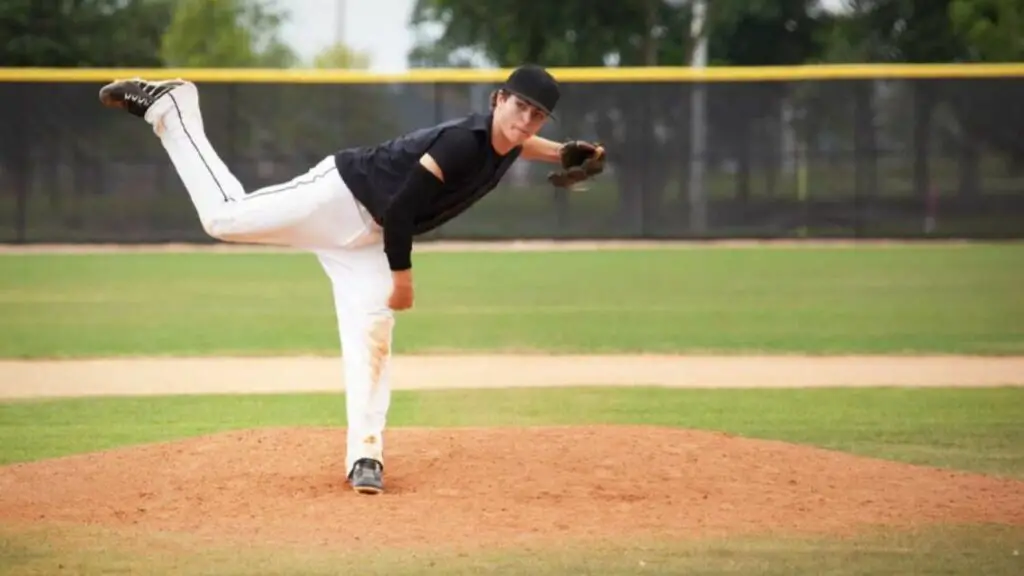
Throwing a baseball farther requires excellent technique, form, and mechanics. To throw the ball with power and accuracy, you must first master the basics of grip, stance, arm motion, and generating power. Here’s what you need to know:
Grip
- Choose a grip that feels comfortable and secure in your hand. A four-seam grip is the most common for throwing a fastball, while a two-seam grip is a good option for throwing a sinker.
- Avoid gripping the ball too tightly, which can cause your pitch to lose speed and accuracy. Hold the ball firmly but loosely, like you would hold an egg.
- Keep your wrist relaxed and flexible to create more spin on the ball and increase its movement.
Stance
- Stand with your feet shoulder-width apart, with your non-throwing foot slightly in front of your throwing foot.
- Keep your knees slightly bent and your weight evenly distributed between both feet.
- Point your front shoulder towards your target to help generate more power and accuracy in your throw.
Arm Motion
- Wind up by stepping back with your non-throwing foot and pivoting on your back foot to turn your hips and shoulders towards your target.
- As you bring your throwing arm back, keep your elbow at shoulder height and your wrist cocked inwards.
- As you bring your arm forward, release the ball at the optimal point to generate maximum velocity and distance.
Generating Power
- Focus on generating power from your legs and core, not just your arm. Your lower body should initiate throwing and transfer energy to your upper body.
- Use your body’s momentum to help launch the ball forward rather than relying solely on your arm muscles.
- Practice strength training exercises such as squats and lunges to increase lower body power and improve your throwing distance.
Mastering the basics of throwing mechanics is essential to throwing a baseball farther. You can increase your throws’ accuracy, speed, and distance by perfecting your grip, stance, arm motion, and power generation.
You’ll be able to throw with the best of them with practice and dedication. If you want to take your baseball skills to the next level, check out our guide on ‘How to Flare a Baseball Glove.”
Developing Arm Strength and Endurance
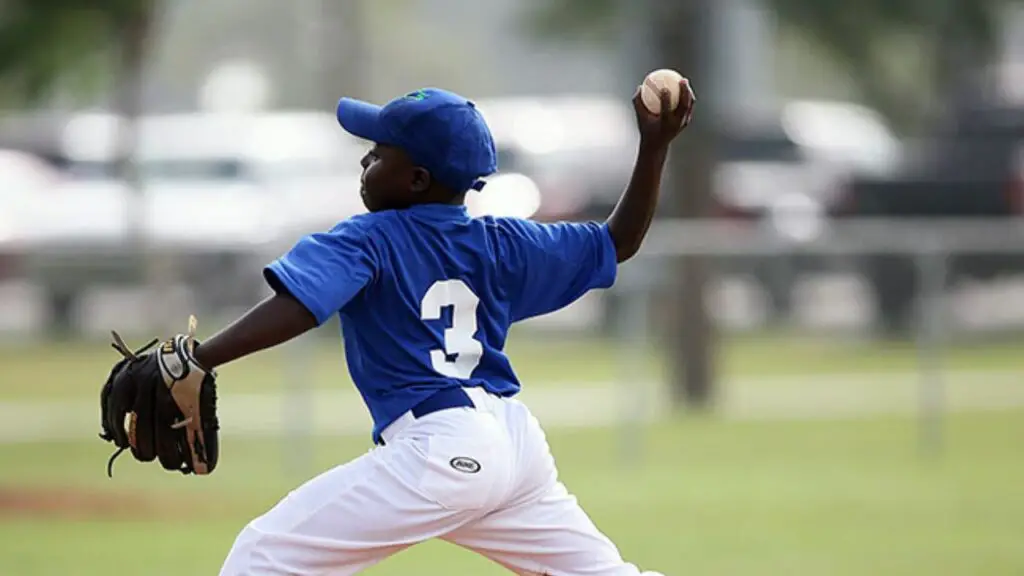
Improving your throwing power and increasing your endurance takes time and effort, but with dedication, you can throw baseballs farther than ever. Here are some techniques and exercises that can assist you in achieving your goals:
Proper Throwing Mechanics
Before jumping into exercises and techniques to improve your arm strength and endurance, it’s crucial to ensure that your throwing mechanics are correct. Incorrect throwing techniques can lead to injury and limit your overall throwing capacity.
Here are the key points to keep in mind:
- Proper Grip: Hold the ball with your fingertips, avoiding too much pressure on the palm.
- Arm Positioning: Position your throwing arm shoulder parallel to your target before the throw.
- Lower Body Mechanics: Start with your feet shoulder-width apart and then step forward sequentially using the leg opposite to the throwing arm.
Now that your throwing mechanics are correct let’s dive into exercises and techniques to increase throwing power and endurance.
Shoulder Strengthening Exercises
The shoulder plays a crucial role in throwing a baseball, so you should incorporate shoulder-strengthening exercises into your workout routine.
Here are a few exercises to help strengthen your shoulder muscles:
- Shoulder Press: Hold dumbbells at shoulder level and extend your hands above your head, then lower them to your shoulders.
- External Rotation: Attach a band to a stationary object and hold the other side of the band, then rotate your arm
- Seated Dumbbell Military Press: Sit on a bench with dumbbells at shoulder level, then lift the weights above your head.
Core Strengthening Exercises
Your core is essential in transferring power from the lower to the upper body, so a strong core is crucial for throwing a baseball farther.
Below are some exercises to improve your core strength:
- Plank: Assume a push-up position, then hold the position for as long as possible.
- Bicycle Crunch: Lie with your back facing the ground with your hands behind your head, then bring your left knee and right elbow together.
- Russian Twist: Sit on the floor with your knees bent and feet flat, then lift your feet, lean back slightly, and twist your torso.
Plyometrics
Plyometric exercises incorporate explosive movements and can help improve the power of your throws.
Here are some exercises to incorporate:
- Medicine Ball Throws: Stand sideways to a wall with your throwing arm towards it, then throw the medicine ball to the wall and catch it.
- Overhead Throw: Stand with legs shoulder-width apart while holding a medicine ball in both hands, then throw the ball forcefully overhead.
- Single-leg Bounds: Stand on one foot with your other leg lifted off the ground, then jump forward, landing on your standing leg while maintaining balance.
You can improve your throwing power and endurance by incorporating these exercises into your workout routine and focusing on proper throwing mechanics. Remember to be consistent and gradually increase the intensity of each exercise over time.
With persistence and dedication, you can throw a baseball farther than you ever thought possible. Are you curious about the intricacies of baseball terminology? We’ll explain what ‘QAB’ means in baseball within the context of our article, ‘A Guide to Throwing a Baseball with Explosive Distance.’
Improving Technique and Accuracy
Whether playing little league or being a professional pitcher, improving your technique and accuracy will help you throw a baseball farther.
Mastering the fundamentals is the key to achieving this. But what exactly are the essential techniques you need to learn?
Here are the key points you need to focus on:
1. Grip the Ball Correctly
Before throwing a baseball, make sure you hold the ball properly. The incorrect grip can lead to inaccurate throws and less distance.
Follow these tips to grip the ball properly:
- Hold the ball at your fingertips, not in your palm.
- Position the horseshoe seam of the ball between your middle and index fingers.
- Use your thumb to grip the ball snugly.
2. Focus on Your Throwing Motion
The correct throwing motion can make a significant difference in your throws.
Follow the below steps for the perfect throwing motion:
- Step forward with your non-dominant foot.
- Rotate your hips and shoulders in the opposite direction.
- Use your throwing arm to make a circular motion.
- Follow through with the throwing motion by releasing your wrist in a snapping motion.
3. Practice Your Footwork and Body Position
The position of your body and feet can significantly affect your throw.
To enhance throwing distance and accuracy, follow these tips:
- Position your feet at a 90-degree angle to the target.
- Keep your knees slightly bent for better balance.
- Lean forward and align your throwing arm with your target before throwing the ball.
4. Improve Your Arm Strength and Flexibility
For powerful throws, you need to have strong arm muscles.
Some exercises that can help increase your arm strength include:
- Squeezing a tennis ball repeatedly.
- Throwing a heavy medicine ball.
- Using weighted arm sleeves during practice sessions.
5. Stay Relaxed and Focused
Lastly, when applying these techniques, staying relaxed and focused is essential. A tense body can limit the range of motion and hurt accuracy. Therefore, it’s necessary to maintain a calm and focused mind throughout the throwing motion.
Mastering the fundamental throwing techniques will help you throw a baseball farther and more accurately. Improving your grip, throwing motion, footwork, arm strength, and focus will all contribute to better throws.
Practice these techniques regularly, and you’ll see significant improvements in your throws before long.
Enhancing Overall Athleticism
Baseball is an incredibly dynamic sport requiring strength, speed, and agility. Therefore, you must focus on enhancing your overall athleticism to improve your baseball throwing ability. In this section, we will discuss some practical ways to achieve this.
Building Strength
Building strength is crucial to enhancing your athletic ability for a better baseball throw.
Here are some ways to build your strength:
- Weight Lifting: Lifting weights can help you to build muscle and increase your overall strength. Focus on compound exercises such as bench presses, squats, and deadlifts.
- Plyometrics: Plyometrics is an athletic training method that uses explosive movements, such as jumping, to develop strength. Incorporate box jumps, jump squats, and medicine ball throws in your workout.
- Resistance Bands: Resistance bands provide resistance while you work through multiple exercises. Use them to perform upper and lower body exercises to develop strength.
Improving Speed
Speed is an essential aspect of baseball throwing.
Here are some practical ways to improve your speed:
- Running: Incorporate sprint runs into your workout routine. Running reduces body fat and increases your speed for a better baseball throw.
- Agility Drills: Agility drills develop your footwork, balance, and coordination. Incorporate shuttle runs, ladder drills, and cone drills into your routine.
- Hurdle Jumps: Hurdle jumps are an excellent way to improve your body’s explosiveness, translating to better baseball throwing.
Developing Agility
Agility is critical for baseball throwing because it helps you to move quickly and change direction.
Here are some tips for developing agility:
- Jump Rope: Jumping rope is a fantastic way to improve agility and footwork.
- Yoga: Yoga develops balance, flexibility, and strength, which improves your overall agility.
- Cone Drills: Cone drills challenge your footwork and improve your agility.
Enhancing your overall athleticism improves your baseball throwing ability. Building strength, improving speed, and developing agility are crucial to achieving this goal.
Incorporate these tips and tricks in your workout regime to become a better baseball player.
Mental Preparation and Visualization

Throwing a baseball farther is not only about physical strength but also about mental preparation and visualization. Engaging in such techniques can unlock the power of your mind and improve your throwing performance.
Focus Your Mind
Focusing your mind is the crucial first step to unlocking your potential.
Here are a few tips on how to achieve that:
- Practice relaxation exercises like deep breathing, meditation, or visualization.
- Reduce distractions by turning off your phone or any other electronic device.
- Clear your mind of negative thoughts and focus on the task.
- Enhance awareness of your surroundings and remain present at the moment.
Visualize Your Perfect Throw
Visualizing your perfect throw is an effective way of improving your skills. This technique involves imagining a successful throw before you attempt it.
These tips will help you:
- Imagine the ball’s trajectory and your arm’s movement as you throw.
- Visualize yourself in a relaxed and confident state.
- Pay attention to the ball’s sound as it soars through the air.
- Focus on your surroundings as if you were there, throwing the ball.
Practice Visualization In Real-Time
The more you visualize, the more effective your visualization becomes. To do this, start incorporating visualization into your regular field training routine.
Below are some ways to practice visualization:
- Picture yourself throwing the ball farther than your current maximum.
- Visualize a target at a distance and aim for it.
- Repeat the process for a few minutes every day to help reinforce the visualization in your mind.
Incorporate Mental Preparation Into Your Training Regimen
To get the most benefit, include mental preparation techniques such as visualization in your routine.
Here are a few tips on how to incorporate them:
- Practice relaxation techniques before throwing, such as deep breathing exercises or meditation.
- Visualize a successful throw before each attempt, and repeat the process during training.
- Set achievable goals and visualize yourself reaching them.
- Focus on improving your technique and maximizing your arm’s potential.
By incorporating mental preparation and visualization techniques into your training regimen, you’ll be well on your way to throwing a baseball farther than you ever thought possible.
For those eager to step onto the mound for the first time, ‘A Step-by-Step Guide to Throwing the First Pitch at a Baseball‘ is a must-read resource that complements our main topic.
Video Analysis and Feedback
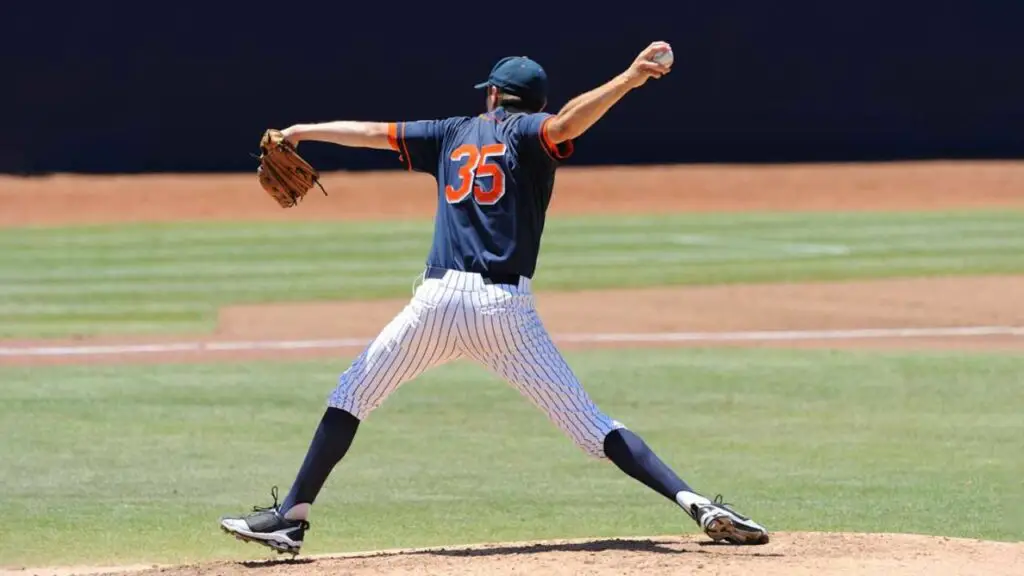
Improving your throwing capabilities in baseball requires a combination of skill, practice, and analysis.
Video analysis and feedback are helpful tools to enhance your performance, providing a visual assessment of your technique and input from experienced coaches and trainers.
You can learn about your movements through visual feedback and make necessary adjustments to improve your throwing ability.
Here are some key points on how video analysis and expert input can help you throw further:
Benefits of Video Analysis
- Video analysis provides a visual representation of your throwing movements.
- You can break down every movement and correct mistakes in your technique.
- Watching yourself in real-time provides you with feedback and allows easy comparison between your improvements.
- It enhances your visual learning experience, which is crucial for developing muscle memory.
Importance of Expert Input
- Expert input from experienced coaches and trainers provides valuable insights and tips on improving your throwing technique.
- An expert can quickly identify mistakes and offer personalized solutions to improve performance.
- They can inform you about throwing mechanics and teach you how to apply them.
- Experts can provide you with varied drills and routines to help you enhance your throwing abilities.
How to Utilize Video Analysis and Expert Input
- Record yourself throwing and analyze your technique.
- Share your video with a reliable, experienced coach or trainer for feedback.
- Focus on correcting your mistakes and practicing the tips provided by the expert.
- Continue to record and assess your throwing movements regularly.
You can better understand your throwing technique and enhance your performance using video analysis and expert input.
Your goal should not only be to throw farther but also to throw accurately. With the help of technology and experts, you can improve your distance and accuracy in a much shorter time.
Preparing for Game Situations
If you want to throw a baseball farther, simply having a strong arm is insufficient. Game situations can be unpredictable and require specific techniques to execute a successful throw.
Here are some strategies to help you excel in the field:
Minimize Throwing Motion
Efficiency is vital when it comes to throwing a baseball. The quicker and smoother your throwing motion, the farther you can throw the ball.
Here are some tips for minimizing your throwing motion:
- Keep your elbow up and your arm compact to reduce drag and resistance.
- Step into your throw using your lower body to transfer energy from your legs to your arm.
- Align your body towards your target and throw in a straight line, avoiding unnecessary sidearm throws or overthrows.
Strengthen Your Core and Arm
A strong core and arm are crucial for throwing a baseball farther.
Performing the following exercises can help you build strength and power:
- Planks and sit-ups can strengthen your core. This way, you can transfer more energy from your legs into your arms during the throwing motion.
- Medicine ball throws and shoulder rotations can help you build upper body strength, essential for generating power in your throwing arm.
- Resistance band exercises can help you improve your overall flexibility, which in turn helps you to throw with more accuracy and reduces the risk of injury.
Practice Your Throwing Accuracy and Timing
Throwing a baseball far also requires excellent accuracy and precise timing since you don’t always have the luxury of taking your time to make a throw.
Here are some tips to help you improve your accuracy and timing:
- Practice throwing drills with a partner, aiming at specific targets to perfect your accuracy.
- Work on your timing by practicing different types of throws and focusing on making a quick, decisive throw in game situations.
- Practice throwing on the run to build your accuracy and timing when throwing on the move.
By following these strategies, you can develop the skills needed to throw a baseball farther and improve your performance on the field.
Remember, practice is crucial, so dedicate enough time to work on these techniques consistently.
Injury Prevention and Recovery
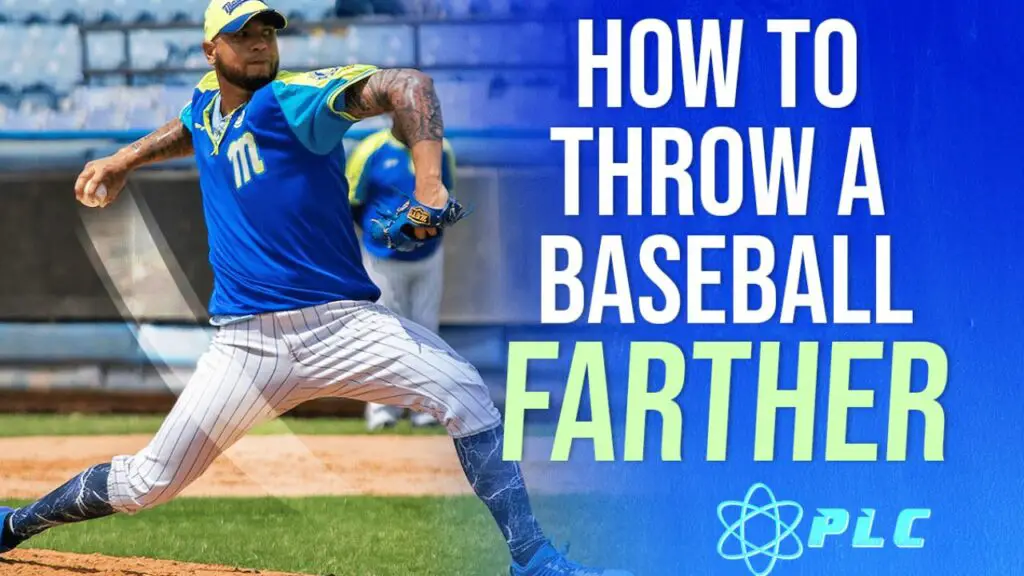
Our bodies are not invincible, and baseball players are no exception. Due to baseball’s unique movements and strenuous nature, injury prevention and recovery are crucial to ensuring longevity and overall well-being in the sport.
Proper Warm-Up and Cool-Down
Warming up and cooling down may seem like a common-sense practice, but many players overlook the importance of these routines.
Here are some tips to follow:
- Begin warming up at least 10-15 minutes before any activity, including practice.
- Focus on dynamic stretching, which involves movement to increase the range of motion and prepare the muscles for activity.
- Avoid static stretching before a game or practice, as it can decrease muscle power.
- Stretch and cool down after the game, focusing on static stretching to help prevent muscle soreness and promote recovery.
- Incorporate foam rolling to loosen tight muscles to prevent injuries and improve blood flow.
Importance of Rest and Recovery
Rest and recovery are essential components of injury prevention and overall well-being in baseball players.
Here are some tips on how to achieve optimal rest and recovery:
- Aim to get 8-10 hours of sleep every night to help the body reset and recover.
- Take rest days between games and practices to give the body time to recover.
- Use ice and compression to help reduce swelling and inflammation after a game or practice.
- Incorporate massage therapy or physical therapy to help alleviate muscle soreness and tightness.
Proper Technique and Form
Proper technique and form are essential to preventing injuries in baseball players.
Here are some tips on how to achieve optimal form:
- Work with a coach or trainer to ensure proper form and technique when throwing the ball.
- Focus on proper footwork and follow-through when throwing the ball.
- Avoid overuse injuries by not throwing more than the recommended amount per week, based on age and level of play.
- Use proper equipment, such as gloves, bats, and protective gear, to ensure safety during gameplay.
Nutrition and Hydration
Proper nutrition and hydration are crucial to maintaining overall well-being and preventing injuries in baseball players.
Here are some tips on how to achieve optimal nutrition and hydration:
- Drink at least 8-10 cups of water daily, and increase intake during hot weather or intense activity.
- Eat a balanced diet with lean protein, complex carbohydrates, and healthy fats.
- Incorporate snacks high in nutrients, such as fruit, nuts, and seeds, between games and practices to maintain energy levels.
- Consider consulting with a registered dietitian to develop a personalized meal plan that meets your needs.
Baseball players can ensure longevity and well-being by following these injury prevention and recovery tips.
Remember to warm up and cool down properly, prioritize rest and recovery, focus on proper technique and form, and maintain adequate nutrition and hydration to stay healthy both on and off the field.
Frequently Asked Questions
What Are Some Tips for Increasing Throwing Distance?
To increase throwing distance, focus on proper technique, build strength and endurance through exercises, practice regularly, and use the right equipment.
How Important is Proper Throwing Form?
Proper throwing form is crucial for maximizing distance and avoiding injury. Focus on keeping your arm and body in the right position and using a smooth, fluid motion.
What Exercises Can Help Me Throw Farther?
Strength-training exercises can improve your throwing distance. Focus on exercises that target the muscles you use most while throwing, including your arms, shoulders, and core.
Is Accuracy or Distance More Important When Throwing?
Both accuracy and distance are important when throwing a baseball. Accurate throws can be as important as long throws in many game situations and can help improve your overall performance.
Should I Use A Specific Type Of Baseball For Throwing?
Choose a baseball with a tighter stitch pattern and smoother surface to maximize distance. This can help reduce air resistance and increase your throwing distance.
Conclusion
Now that you’ve learned how to throw a baseball farther, it’s time to put those tips into practice. Remember to focus on your form, strength, and technique, as these are key factors that will impact the distance of your throw.
Also, consider incorporating drills and exercises into your practice routine to enhance your skills further. As with any sport, consistent practice is essential to improve and advance your abilities.
Remember that each individual may have different natural abilities, so don’t compare yourself to others and focus on your progress.
With dedication and determination, you can improve your throwing distance and enjoy the thrill of long, impressive throws on the field.




![Cat in the Chrysalis Spoiler: All You Need To Know [Updated] Cat in the Chrysalis Spoiler](https://prosportshack.com/wp-content/uploads/2024/02/Cat-in-the-Chrysalis-Spoiler-100x75.jpg)







